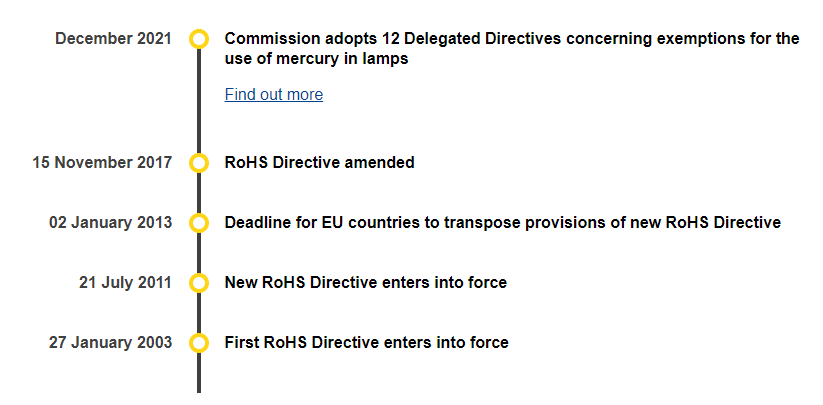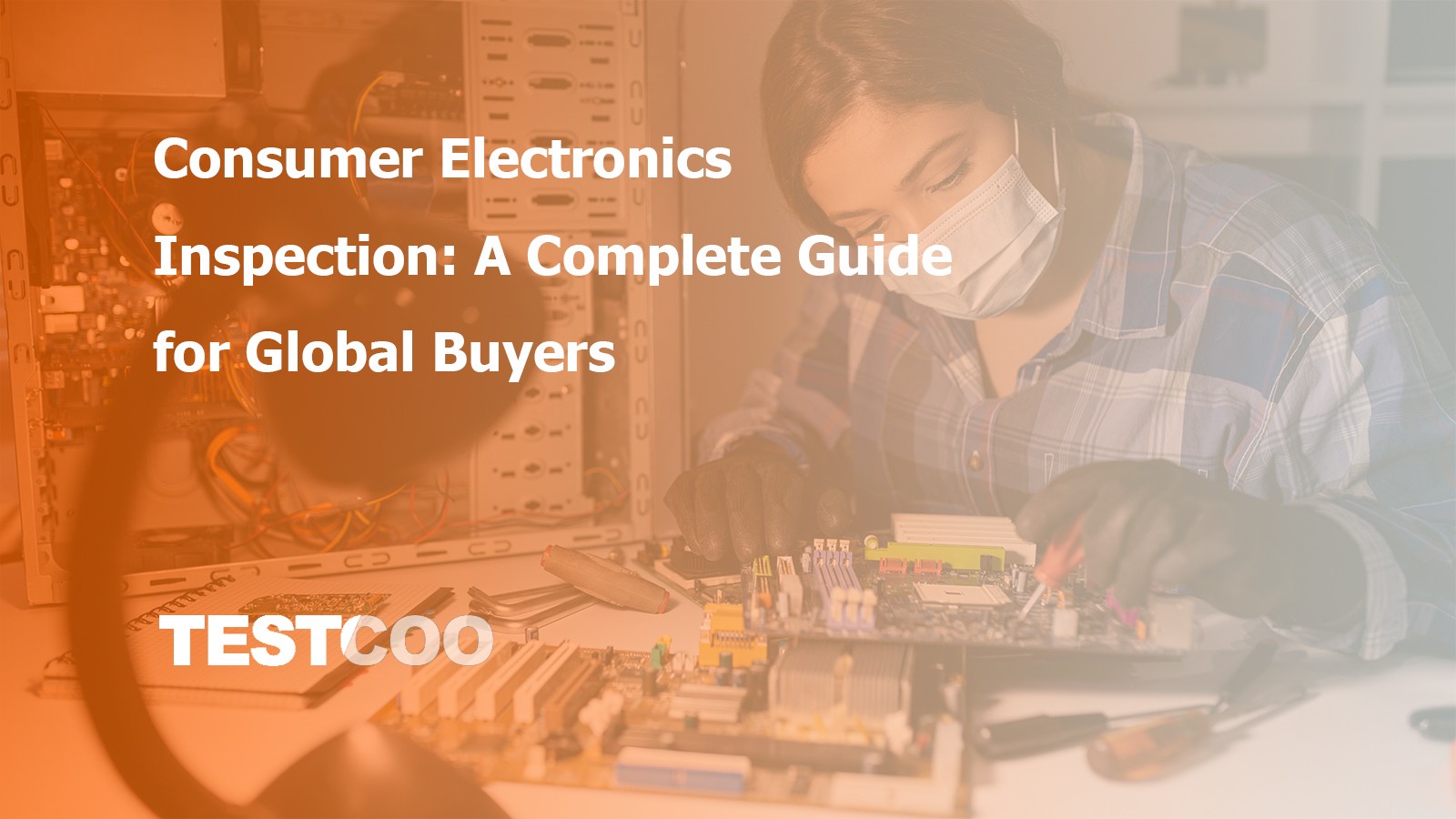RoHS: Restriction of Hazardous Substances in Electrical and Electronic Equipment

EU rules restricting the use of hazardous substances in electrical and electronic equipment to protect the environment and public health.
Manufacturers, retailers and suppliers of electrical and electronic products must comply with different regulations about the Restriction of Hazardous Substances relevant to their end market.

Main law: RoHS Directive
Entry into force: 21 July 2011
What is RoHS?
The rise in the production and use of electrical and electronic products, such as mobile phones, computers and kitchen appliances, has resulted in an increasing volume of electrical and electronic waste. During the use, collection, treatment and disposal of such waste, products may release harmful (hazardous) substances such as lead, mercury and cadmium, which can cause major environmental and health problems.
To address such challenges, EU laws restrict the use of certain hazardous substances in electrical and electronic equipment through the RoHS Directive. In parallel, the WEEE Directive promotes the collection and recycling of such equipment.
The RoHS Directive currently restricts the use of ten substances: lead, cadmium, mercury, hexavalent chromium, polybrominated biphenyls (PBB) and polybrominated diphenyl ethers (PBDE), bis(2-ethylhexyl) phthalate (DEHP), butyl benzyl phthalate (BBP), dibutyl phthalate (DBP) and diisobutyl phthalate (DIBP).
All products with an electrical and electronic component, unless specifically excluded, have to comply with these restrictions.
In 2017, the Commission adopted a legislative proposal adjusting the scope of the RoHS Directive.
Objectives of RoHS
The RoHS Directive aims to prevent the risks posed to human health and the environment related to the management of electronic and electrical waste.
It does this by restricting the use of certain hazardous substances in EEE that can be substituted by safer alternatives. These restricted substances include heavy metals, flame retardants or plasticizers.
The Directive promotes the recyclability of EEE, as EEE and its components that have become waste contain fewer hazardous substances. At the same time, it ensures a level playing field for manufacturers and importers of EEE in the European market.
Implementation of the RoHS Directive
Information about the implementation of the RoHS Directive, including the exemption procedure, timeframe and assessment studies.
Implementation of the RoHS Directive
More information
RoHS 3 (EU 2015/863)
RoHS 3 (EU Directive 2015/863) adds Category 11 (catch-all) products and adds four new restricted substances - all phthalates. The four phthalates are mainly used as insulation plasticizers, and are on the REACH list of SVHC (Substances of Very High Concern). The expanded list for RoHS 3 is thus as follows:
Cadmium (0.01 %)
Lead (0.1 %)
Mercury (0.1 %)
Hexavalent chromium (0.1 %)
Polybrominated biphenyls (PBB) (0.1 %)
Polybrominated diphenyl ethers (PBDE) (0.1 %)
Bis(2-ethylhexyl) phthalate (DEHP) (0.1 %)
Butyl benzyl phthalate (BBP) (0.1 %)
Dibutyl phthalate (DBP) (0.1 %)
Diisobutyl phthalate (DIBP) (0.1 %)
Extention exemption: Of note is that medical devices have a two-year extension to meet RoHS 3 compliance:
"The restriction of DEHP, BBP, DBP and DIBP shall apply to medical devices, including in vitro medical devices, and monitoring and control instruments, including industrial monitoring and control instruments, from 22 July 2021."
Category 11 products include all other electronic and electrical equipment not covered under the other categories. Included are 2-wheeled vehicles, electronic nicotine delivery systems (ENDS) such as e-cigarettes, cannabis vaporizers and vape pens. Also included are electrical cables that are less than 250V working voltage.
Free Sample Report Performance Quality Control
Download a sample report to keep control of your supply chain!
Featured Articles
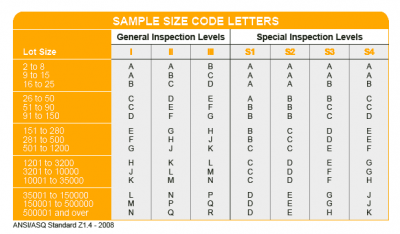 AQL Table | How to Read It
AQL Table | How to Read It TOP 10 Common Defects in Garments Quality Inspection
TOP 10 Common Defects in Garments Quality Inspection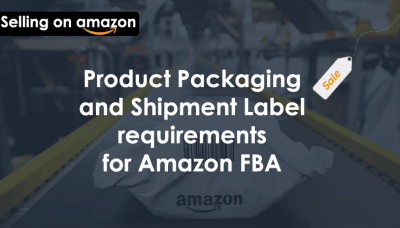 Product Packaging and Shipment Label requirements for Amazon FBA
Product Packaging and Shipment Label requirements for Amazon FBA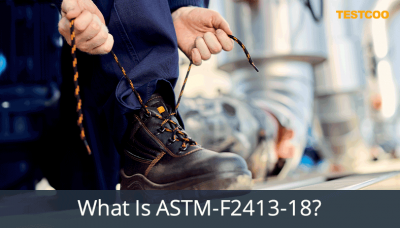 What Is ASTM-F2413-18? Protective Footwear Standard
What Is ASTM-F2413-18? Protective Footwear Standard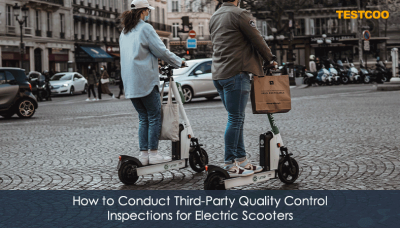 How to Conduct Third-Party Quality Control Inspections for Electric Scooters
How to Conduct Third-Party Quality Control Inspections for Electric Scooters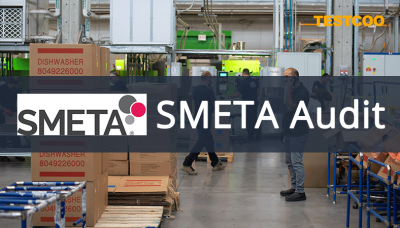 SMETA Audit-What is SMETA Audit?
SMETA Audit-What is SMETA Audit?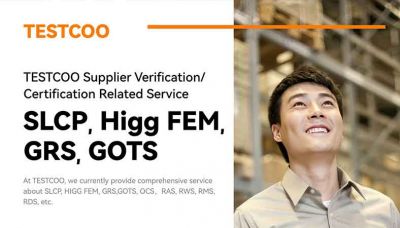 TESTCOO Supplier Verification/Certification Service SLCP, Higg FEM, GRS, GOTS
TESTCOO Supplier Verification/Certification Service SLCP, Higg FEM, GRS, GOTS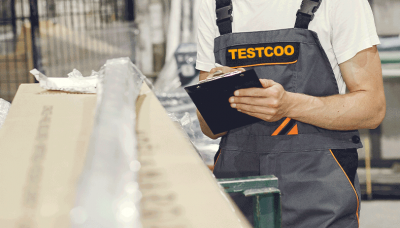 Quality Control Inspection Company in China
Quality Control Inspection Company in China What is Quality Inspection? A Complete Guide
What is Quality Inspection? A Complete Guide Guidelines for Product Inspection in India
Guidelines for Product Inspection in India
Category
- Production Inspection Service
- Factory Audit
- Softline Inspection
- Hardline Inspection
- Electrics Inspection
- Certification
- Checklist
- Manufacturers
- Quality Assurance Basics
- Products Recall
- AQL
- Guidence and Standard
- News
- Supplier Management
- Amazon
- Protective Equipment
- e-commerce quality control
- Indian Manufacturing
- Soft Goods Quality Control
- Supply Chain Management
- Supply Chain Resilience
- E-Commerce Quality Control
- ISO 2859
- Supply Chain Optimization
- Garment Industry
- Higg Index
